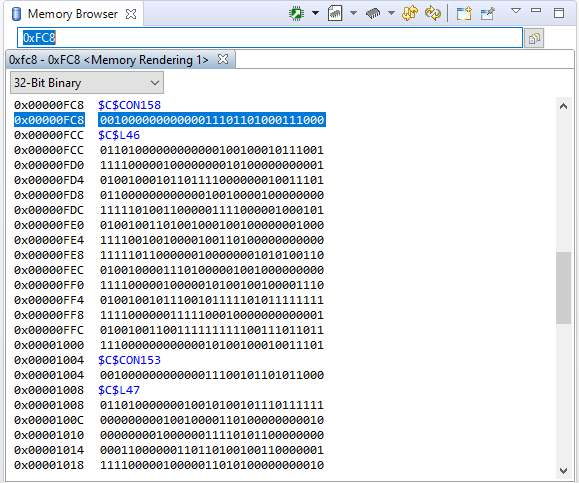Tool/software: Code Composer Studio
Hello everyone,
i haven't a great experience in microcontroller but good in windows program, so i need your help.
i have developed a software for a micro that work at 25MHz without problem, now i have to run at 120MHz to get Ethernet and USB working.
the only thing i have changed in the code is this first line, to enable the main oscillator.
SysCtlMOSCConfigSet(SYSCTL_MOSC_HIGHFREQ); // abilita il main oscillator richiesto dalla ethernet // Run from the PLL at FREQ MHz. g_ui32SysClock = MAP_SysCtlClockFreqSet((SYSCTL_XTAL_25MHZ | SYSCTL_OSC_MAIN | SYSCTL_USE_PLL | SYSCTL_CFG_VCO_480), FREQ); // Enable lazy stacking for interrupt handlers. This allows floating-point // instructions to be used within interrupt handlers, but at the expense of // extra stack usage. ROM_FPULazyStackingEnable();
in this mode this function ROM_FlashErase, ROM_FlashProgram lock my software.
have you got some idea?
thank you


